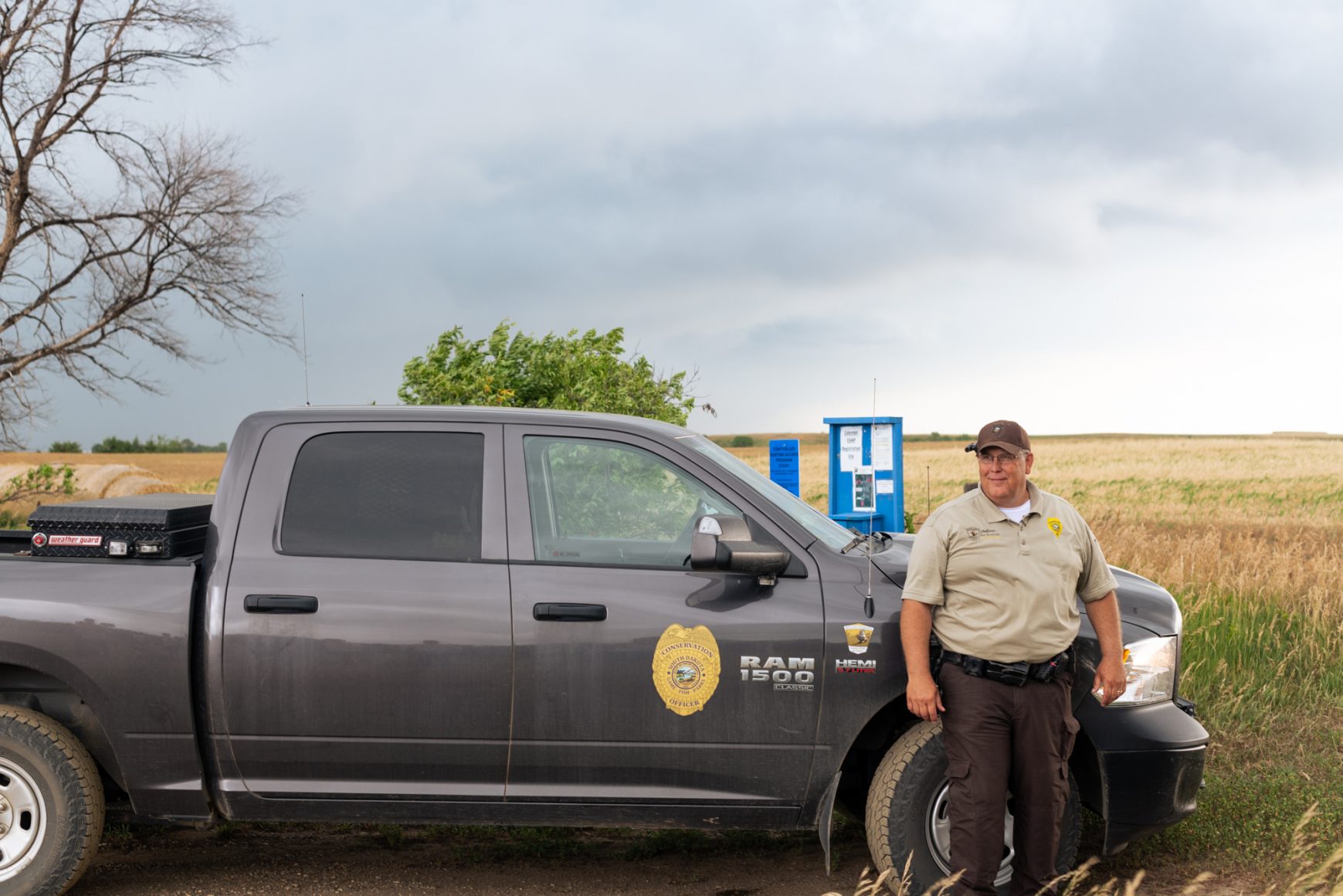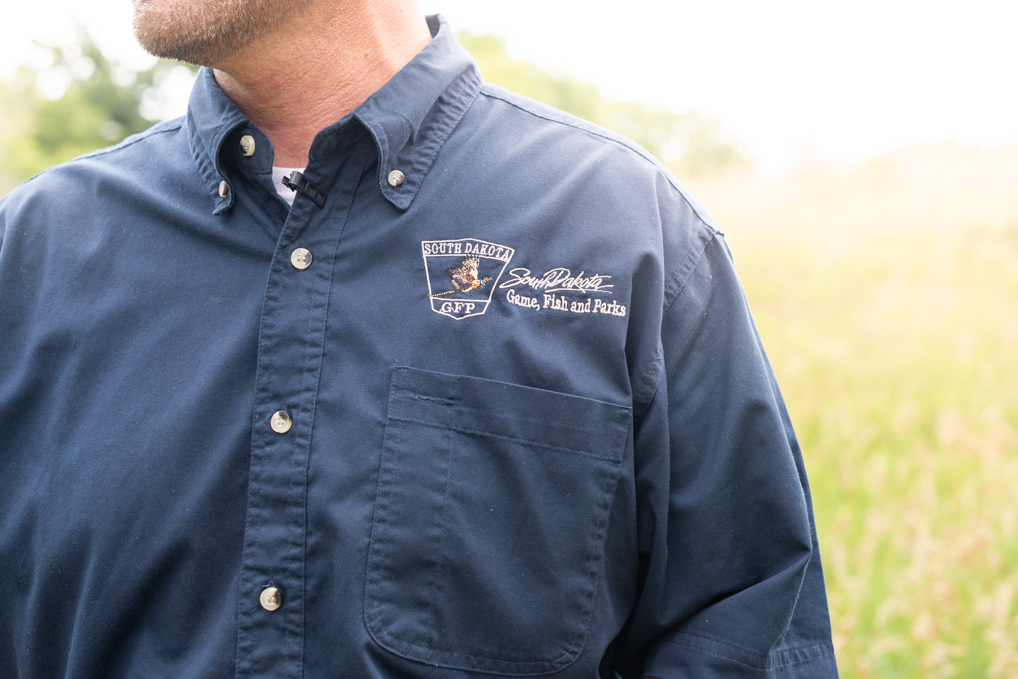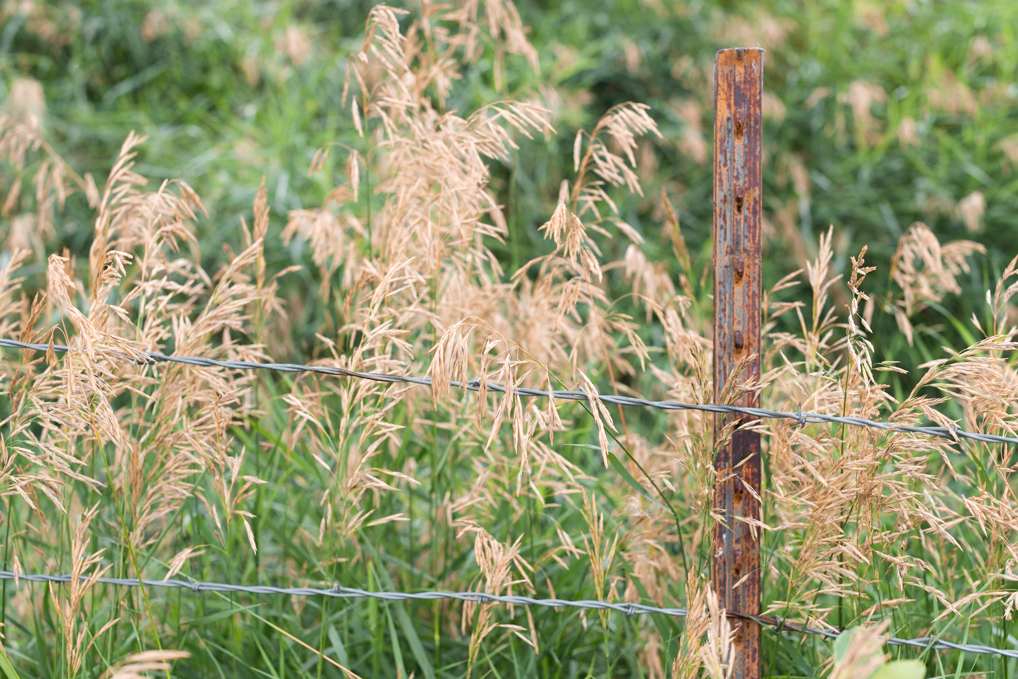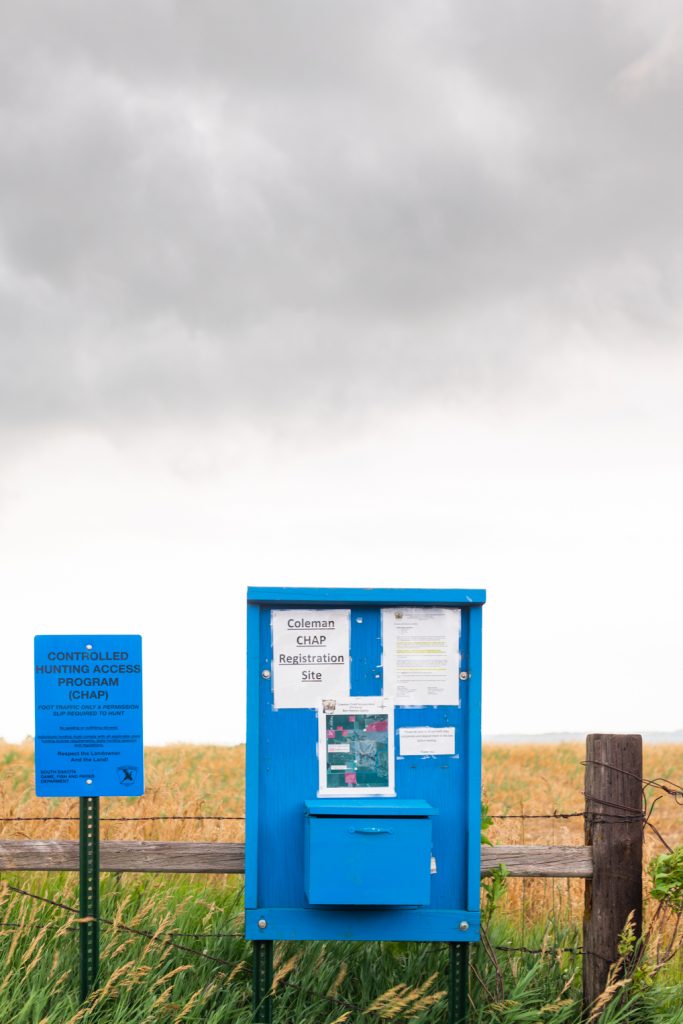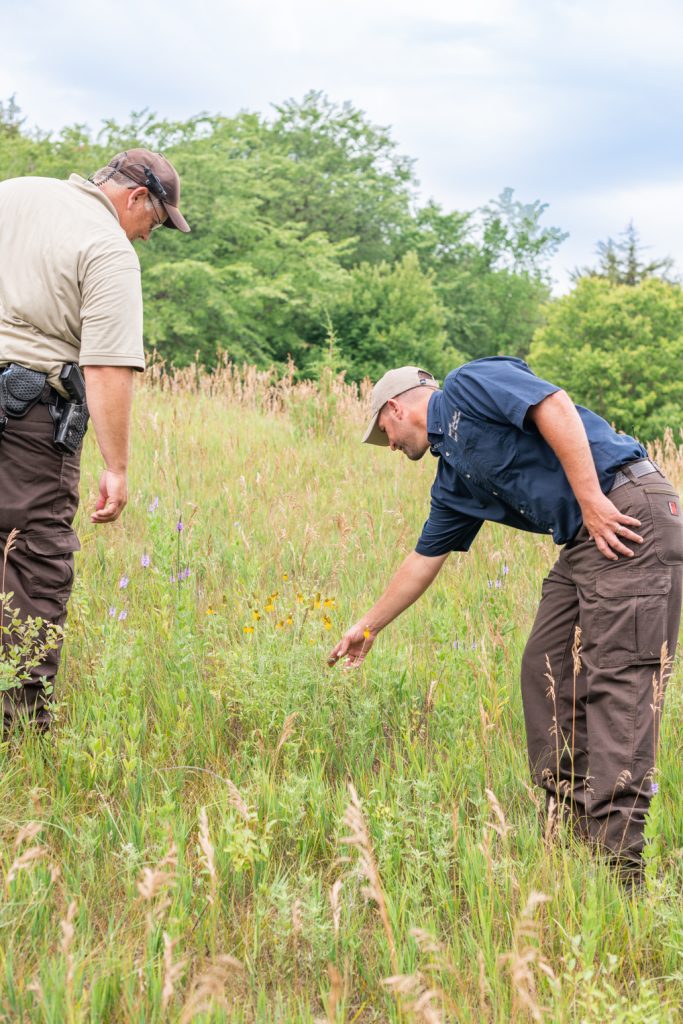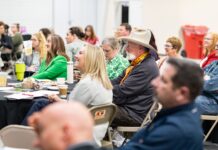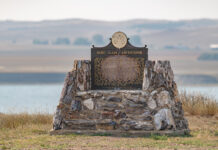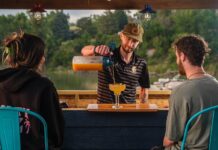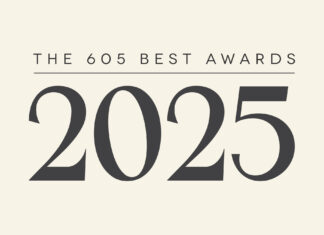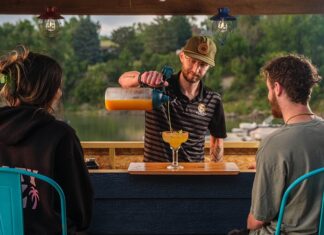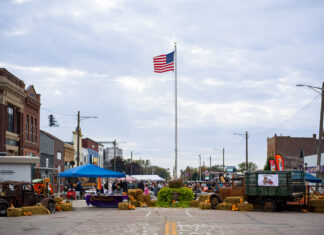South Dakota offers numerous hunting opportunities, from the best pheasant hunting in the country to big game seasons including deer, antelope, turkey and more. Ensuring there is quality habitat on the landscape is critical for maintaining abundant wildlife populations and the opportunities hunters enjoy.
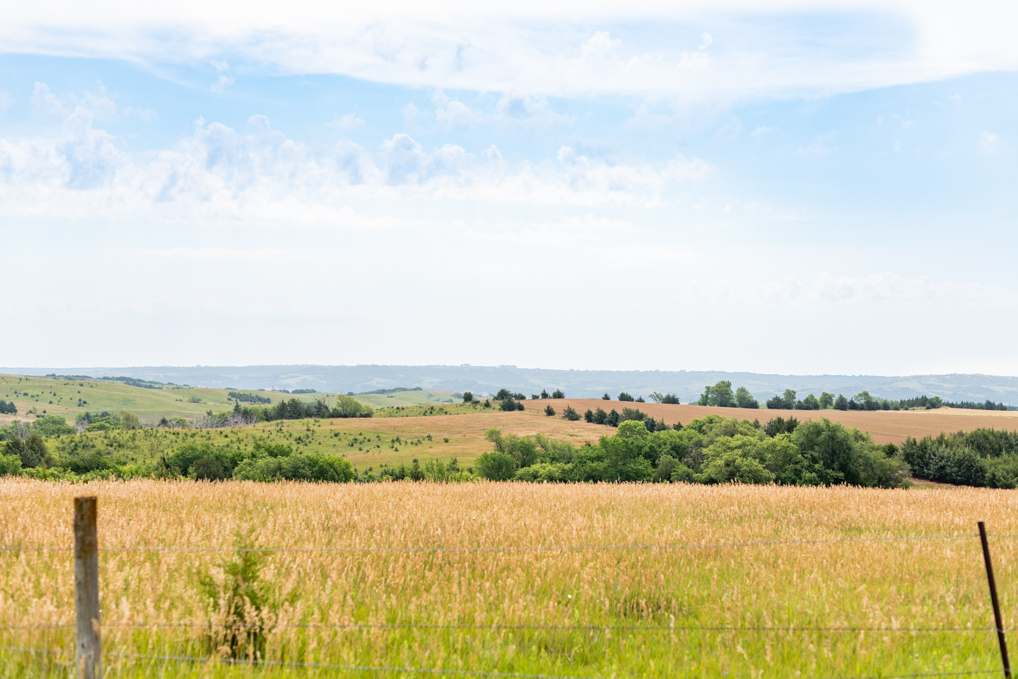
“We have great habitat, great landowners, and we pride ourselves on how we manage the wildlife and their habitat,” said South Dakota Game, Fish and Parks (GFP) wildlife conservation officer Todd Crownover.
Just as important as managing the wildlife and habitat, is providing hunters access to these areas.
“It’s a quality piece of habitat near the Missouri River and a nice piece of property,” said Ryan Wendinger, GFP regional habitat program manager.
Wendinger and Crownover overlooked Kathy Coleman’s property in Bon Homme County on a humid Tuesday morning in July with the 605 crew.
“Kathy Coleman put this area into the department’s Controlled Hunting Access Program, also known as CHAP, that opens up private property to big game hunting,” described Crownover. “Turkeys and deer are the primary species here that people want to hunt. Hunters from across the state were pretty happy when we signed it up because of the habitat – the woody terrain, crick bottom, and cropland. It is very exciting when we can work together to open up a piece of property like this for the public to access.”
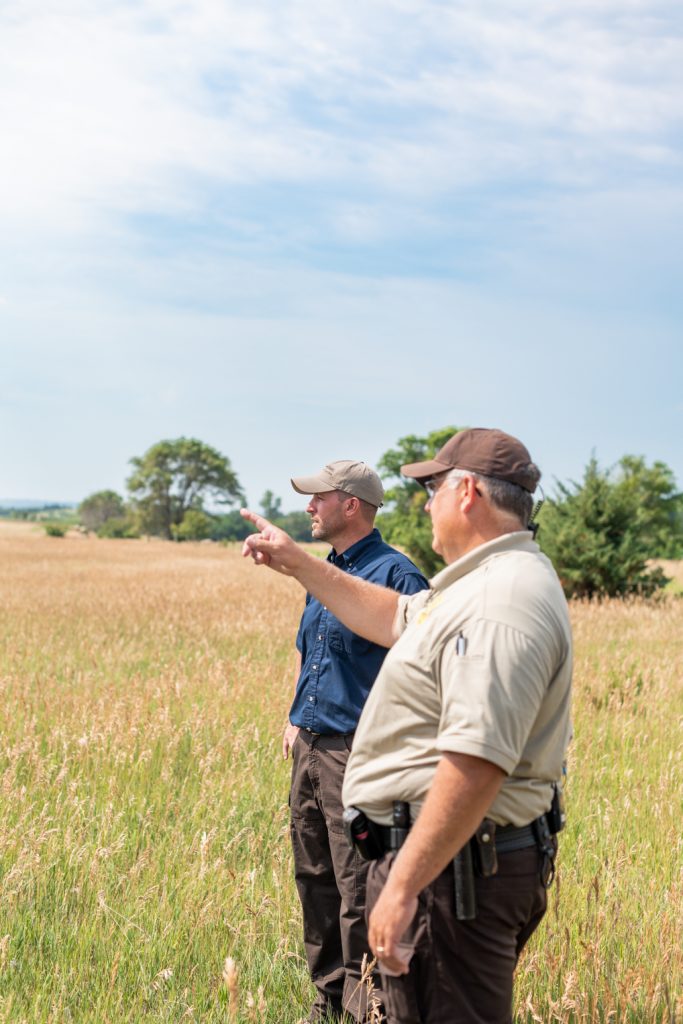
Coleman’s land is one of a couple dozen properties enrolled in CHAP. CHAP is a cooperative effort between private landowners and GFP to provide limited public hunting opportunities on private land. Landowners who enroll in CHAP have more control over hunter activities on their land; including controlling the number of hunters per day, the type of game that can be hunted, the type of seasons, the method of take (ex. archery only), and what days the CHAP is open.
“THE VAST MAJORITY OF LAND IS OWNED BY PRIVATE LANDOWNERS IN South Dakota.” – RYAN WENDINGER
Hunters can reserve a spot to hunt on select CHAP areas in South Dakota. As a convenience for hunters and landowners, this system allows hunters to reserve permission to hunt, up to 8 days in advance, on these CHAP lands. Landowners are then provided a payment based on the number of hunters who hunt the land.
Alternatively, there is the Walk-In Area (WIA) program, which opens up private land for public hunting, but doesn’t allow for specific guidelines like the CHAP program. WIA also doesn’t limit hunters that can be on the property at a certain time or the species they can hunt.
FACT
Many hunting access areas are leased on a yearly basis, so showing respect for the land and landowners is critical for hunters to enjoy the property for years to come.
“This CHAP area consists of 378 acres, roughly. There are lots of woody draws for the big game species that Todd mentioned,” said Wendinger. “A lot of these upland hillsides are good for habitat and provide nesting cover for turkeys and fawning areas for deer.”
“Habitats like this are critical for wildlife. Not only is it providing access for youth and adults alike to come and hunt and carry on the heritage of hunting in South Dakota, it’s providing an ecosystem for pollinators and other insects that use and need the area,” said Wendinger.

We passed beehives out in the distance as we chatted, and 605’s John Snyder took one for the team and got as close as he could to grab a photo of the impressive setup.
He continued, “Butterflies and bees can often be out of sight and out of mind sometimes, but they are an extremely important part of enhancing habitat across the state.”
Wendinger works out of the Sioux Falls office, and Crownover is out of Tyndall. The pair explained how each CHAP is customized to each landowner.
“The most important thing to stress about this program is that it is super flexible for the landowner. It allows landowners who may have some specific guidelines for hunters to follow to be easily implemented,” said Wendinger. “Examples might include: access for youth only, antlerless deer only, only open for hunting during the weekends, limiting the number of hunters or groups, or maybe it is only accessible for archery hunters. This program can pretty much accommodate any desire the landowner has.”
Coleman’s rules consist of hunting deer, turkey, and coyotes with a maximum of four hunters per day. Permission is granted online and the hunters print and deposit their permission slip in the kiosk box on site.
Registering and using the kiosk box keeps hunters accountable for recreating with respect and it also allows them to leave notes on the experience hunting that specific piece of property.
As we walked down to a valley and trudged through the natural, tall grasses, Wendinger and Crownover stopped to fix a fence where a deer appeared to have knocked it down.
“MANY HUNTERS WILL LEAVE THANK YOU NOTES ON THESE CARDS THANKING THE LANDOWNER FOR OPENING IP THEIR LAND FOR HUNTING.” – RYAN WENDINGER ON NOTES LEFT IN THE CHAP KIOSK BOX
“We’re always fixing and updating fences,” said Crownover. “It’s part of maintaining and improving the habitat while providing quality customer service to the landowner. It is all a part of what we do as conservation officers to establish relationships and build partnerships.”
Conservation officers and habitat biologists also work together to help landowners with grass and tree plantings, dam repairs, and fencing all to help take care of the land and the wildlife.
But what is the difference between the two positions of regional program manager who helps manage habitat on the landscape and a wildlife conservation officer? In this instance, they explained that Crownover is the local relationship builder and Wendinger completes the process by helping sign landowners up for the right habitat and/or access programs that fit their needs.
“I live and raise my family here and get to know these people. I go to church with them, school with them, and activities with them. I get to know them and a lot of times work with them and tell them what our programs are,” said Crownover.
“My team and I are based out of Sioux Falls, so I don’t have that day to day relationship that Todd does in this area,” added Wendinger. “If there are certain questions he doesn’t have an answer for, we come down and explain what we can for that landowner and educate them on the different program guidelines that best suit their operational goals and planning objectives.”
He continued, “Todd is the one who has already built the foundation and trust with that individual. Without Todd, it would be really hard for my crew to come out in these areas away from our home district since we don’t have that same personal connection that the conservation officers have in each area.”
“THERE ARE HARD PARTS ABOUT THE JOB, LIKE WRITING TICKETS, BUT I THINK EDUCATION IS A KEY FACTOR AND TRYING TO CURTAIL THAT. I LOVE WORKING WITH KIDS AND RETENTION OF HUNTERS. I TRY TO GETA FISHING POLE IN THESE KID’S HANDS AS SOON AS I CAN.” – TODD CROWNOVER
Asking them one of their go-to spots when they need a break, they took us into Springfield nearby where we stopped by Luke Repair, which is a repair shop and gas station.
Casey Luke of the Luke’s Repair walked out in the parking lot with an oil-stained shirt and a smile when he saw the two familiar faces.
“Casey here sells our park entrance licenses so I’m consistently referring people to stop in here,” said Crownover.
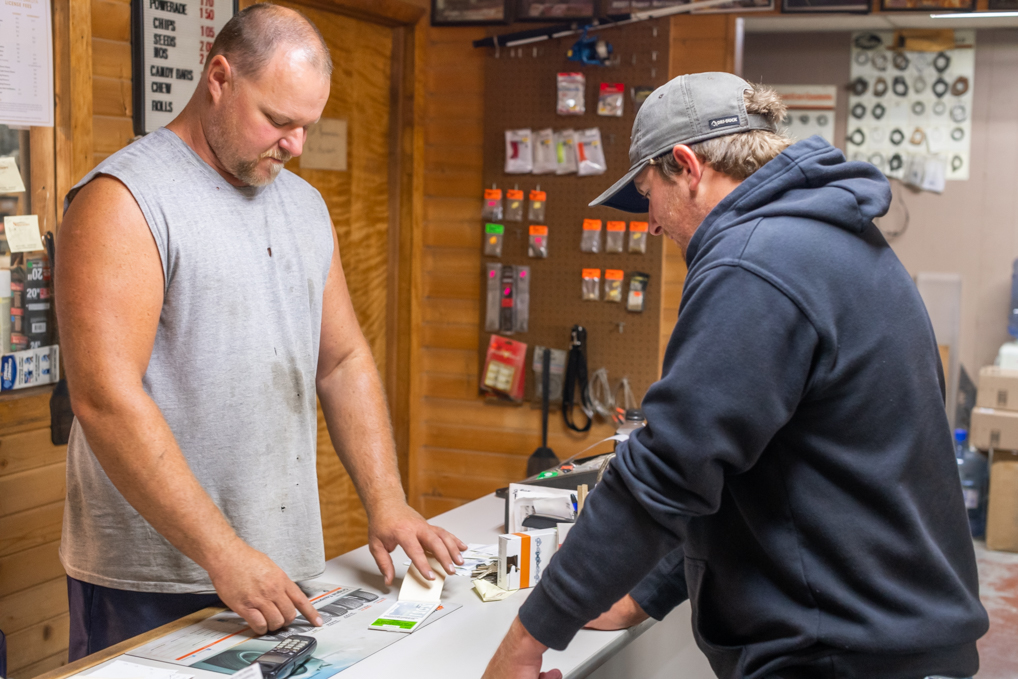
Retailers and other Main Street businesses across the state are local license agents who are approved through the South Dakota Game, Fish and Parks to sell park entrance licenses, small game hunting and fishing licenses. Another important license is the habitat stamp. The money raised through these sales is crucial to wildlife.
“It’s really to support conservation, habitat, management, and our hunting heritage,” said Wendinger. “The habitat stamp provides some additional funds to do more for habitat in our state and to provide additional access to hunting and fishing opportunities for all.”
DID YOU KNOW?
Many hunting access areas are leased on a yearly basis, so showing respect for the land and landowners is critical for hunters to enjoy the property for years to come.
The stamp is required for anyone 18 years of age or older when purchasing or applying for a hunting or fishing license.
Both GFP teammates not only work outdoors, but they also genuinely love the outdoors. Crownover shared he wanted to be a game warden his whole life and is living his dream.
“I’ve raised my family in Bon Homme for the last 20 years, and they have a deep founded relationship with lots of people in the community,” he said. “We’ll stay here until we retire, I can’t see myself living anywhere else.”
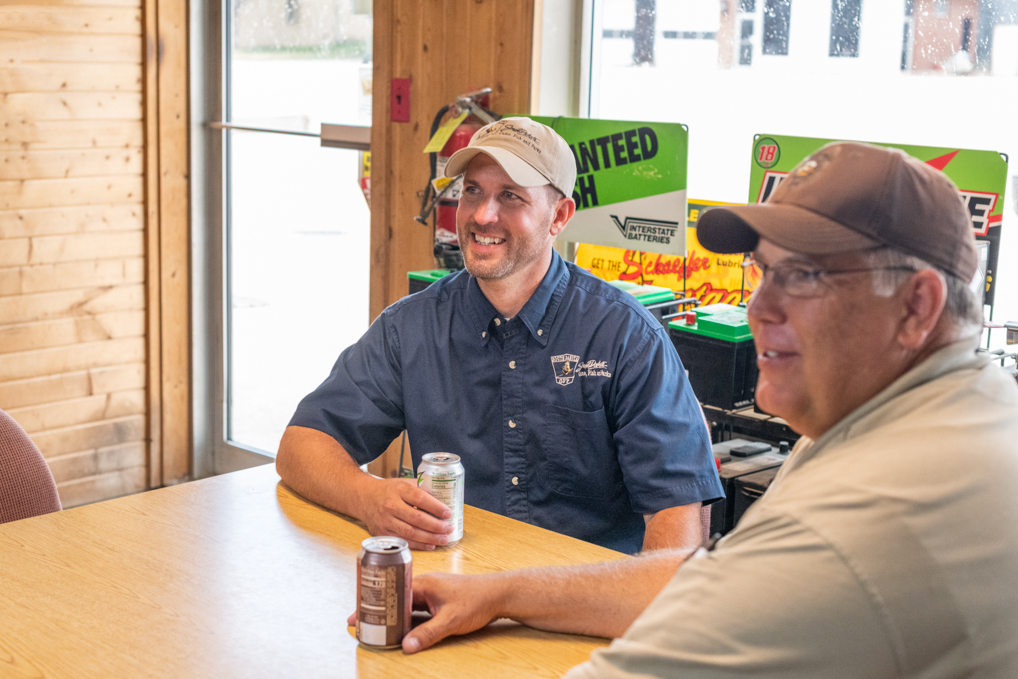
The outdoor opportunities South Dakota has to offer are made possible by everyone involved. When hunters purchase their licenses, that money goes directly into conservation. This money allows individuals like Crownover and Wendinger to enhance habitat and open lands like the Kathy Coleman CHAP for hunters to enjoy.
“When hunters and anglers buy their licenses that money goes back into the system and we just make it better for them the next time they buy their license,” concluded Crownover.
For more information, visit gfp.sd.gov.


